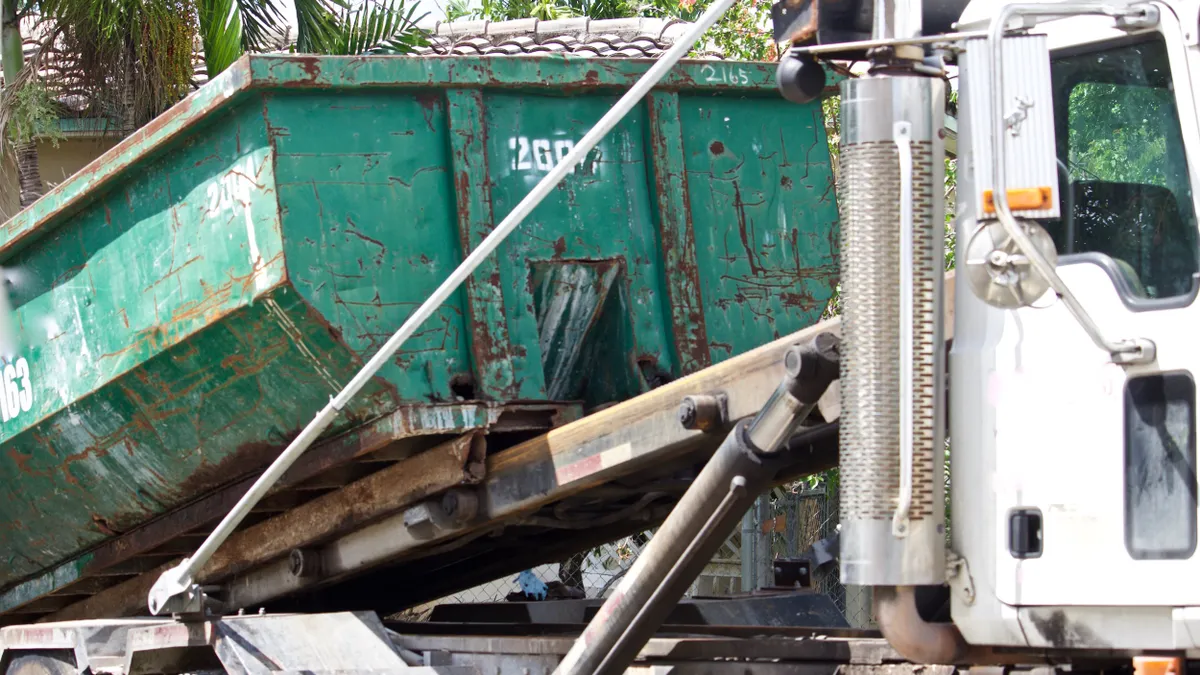UPDATE, May 22: FMCSA is delaying the final rule on CDL curriculum standards until June 5, as reported by American Trucker. The rule was originally set to take effect on Feb. 6, then later delayed until March 21.
The delays have been attributed to President Trump's Jan. 20 memorandum to temporarily freeze pending regulations. FMSCA said the delay "is necessary to provide the opportunity for further review and consideration of this new regulation...," according to American Trucker.
A notice from FMCSA Assistant Administrator John Van Steenburg does not indicate if compliance will still be required in March 2020, or if it will be pushed back due to this delay.
UPDATE, Feb. 3: The Department of Transportation is delaying a Federal Motor Carrier Safety Administration (FMCSA) rule on CDL curriculum standards that was set to take effect on Feb. 6, as reported by The Hill.
The rule is now to set to be implemented on March 21. The delay is due to a Jan. 20 White House memorandum that froze all pending regulations for 60 days. According to a notice in the Federal Register the additional time will give agency officials "the opportunity for further review and consideration of this new regulation."
Whether this rule will survive the review period remains unclear as Secretary of Transportation Elaine Chao was just sworn in earlier this week. If the rule does take effect in March, compliance will not be required until March 2020 to allow time for states and companies to update training standards.
Dive Brief:
- Pending final changes from the Federal Motor Carrier Safety Administration (FMCSA), the first national curriculum standards for commercial drivers licenses (CDL) could be published before the end of the year, as reported by Fleet Owner.
- The standards would be applicable to anyone applying for their first CDL, upgrading their CDL1 or seeking a hazardous materials, passenger or school bus endorsement for their license. Class A CDL driver-trainees would have to complete a minimum of 30 hours of behind-the-wheel training and a minimum of 10 hours on a driving range. Driving on a public road under certain criteria would also be required.
- A training provider still couldn't issue a certificate, even if the minimum hour requirement had been met, unless they believed the student "demonstrates proficiency" in driving a commercial vehicle.
Dive Insight:
These details are the result of an ongoing review of transportation safety spurred by the Moving Ahead for Progress in the 21st Century Act of 2012. The CDL curriculum standards have been well-received by many major stakeholders, though the American Trucking Associations has been a vocal critic in the past. The organization says that hour-based requirements for behind-the-wheel training aren't supported by scientific evidence and the chosen number is arbitrary.
Questions remain in the waste industry about how these requirements will affect the cost of training, both for new drivers and third-party instructors used by many smaller companies. A longer, more expensive training process could be a deterrent to new drivers interested in obtaining their CDLs to work in the industry. Additional training hours don't necessarily translate into safer driving, though increased confidence behind the wheel could potentially lead to higher retention rates for new hires.
Like other sectors, the waste industry is already experiencing effects of the national truck driver shortage through service interruptions and hiring challenges. A new FMCSA rule which will make it easier for veterans to obtain their CDLs is seen as one solution. While veterans are a growing demographic in the industry, more women and young people will also be needed to help keep fleets running in future years.















